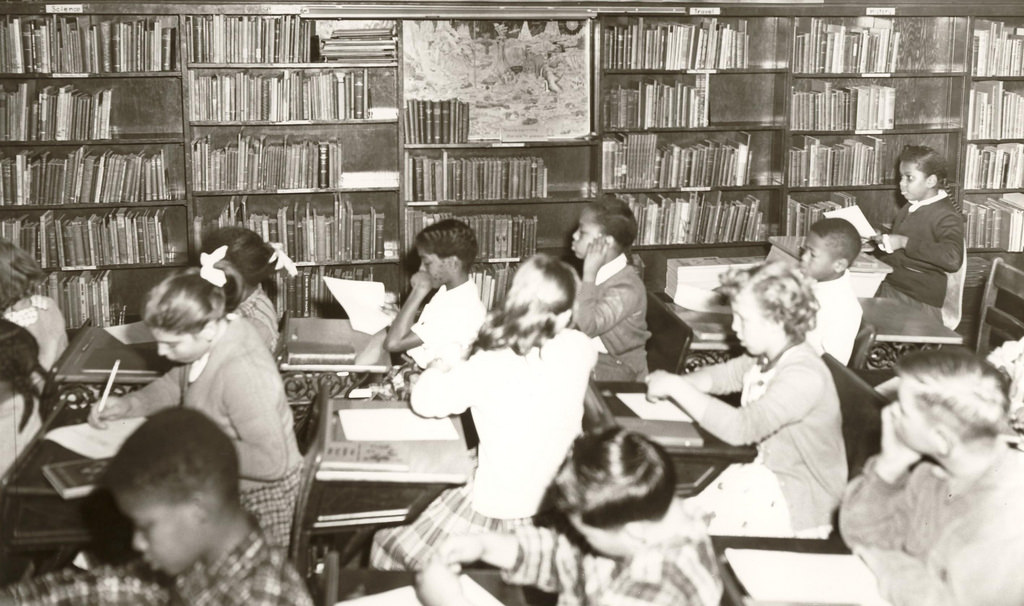Guest Post: Whose History Do We Preserve?

As support for the Beyond Integrity working group, 4Culture has offered three Equity in Preservation internships that researched sites associated with underrepresented communities to understand inequities and find new ways to identify, protect and share the significance of properties with high social and cultural importance. University of Washington graduate student, Stefanie Barrera Aguila was 4Culture’s 2018 intern. She worked on identifying ways to strengthen preservation practices to address stories that had not yet been told.
Whose history do we preserve? This question has resonated with me for many years and has led to a greater awareness of the existing inequalities experienced by underrepresented communities in the built environment and the arts.
The work that 4Culture’s Preservation Program and the Beyond Integrity group undertakes addresses equity issues within the historic preservation field, especially concerning underrepresented and marginalized communities. These efforts drew me to apply to 4Culture’s Equity in Historic Preservation summer internship this year.
My work during the internship was divided into two parts. Part one focused on supplementing landmark designation reports with more information on the social and cultural history for two already designated landmarks. Part two aimed to reassess historic preservation outreach methods to educate the public on sites where designation or nomination has not been achieved.
The two sites chosen for first part of the project were the Colman School in Seattle, now the Northwest African American Museum (NAAM), and the Justice White House in Redmond, also known as Hotel Redmond. The research portion for this project involved a large amount of archival research in an effort to find more information on the communities and individuals who occupied these spaces.
Research efforts for the Colman School expanded on the events that led to the closure of the school, especially the implementation of the Seattle Plan and the construction of highway I-90. Other topics of focus were the student body composition and the school’s unique programs prior to closure. Research efforts for Hotel Redmond expanded on the history of Emma McRedmond, the social events that took place at the site, and Redmond historical figures who stayed at the hotel. Both projects aimed to bring forward the social history of the sites. The research on the Colman School brought to light institutional inequities being forced on schools with majority-minority student populations. Research on Hotel Redmond focused on Emma McRedmond, the woman who managed the hotel but whose efforts did not get recognized in the Hotel Redmond nomination.
The second part of the summer project relied heavily on researching public outreach tools with the goal of finding ways to bring public attention to properties that are significant to underrepresented communities, but may not be protected or no longer exist. The observation was made from the beginning of the summer that sites that are important to underrepresented and marginalized groups are often significant due to intangible social and cultural heritage that cannot be captured through architecture. Currently, the historic preservation field places heavy emphasis on architectural integrity, making many sites important to underrepresented groups ineligible for designation. Suggestions for this project included increasing outreach through social media, news features, and websites compiling personal stories, as a way to gather personal stories, foster interactions with the public, and bring attention to sites that lack protection and might disappear.
Overall, both parts of my internship bring awareness to the ways the historic preservation field can improve to ensure equity is met. Placing less emphasis on architectural integrity and celebrating and acknowledging the intangible social and cultural heritage of a site is a step in the right direction.
I applied to this internship position because I strongly feel underrepresented communities deserve better representation in the built environment. While I spent majority of the summer researching and writing about these topics, I know that my research contributions this summer will lead to more discussions around equity in historic preservation within the Seattle and King County region. I am thankful to 4Culture for giving me the opportunity to bring attention to history that has gone untold for too long.
